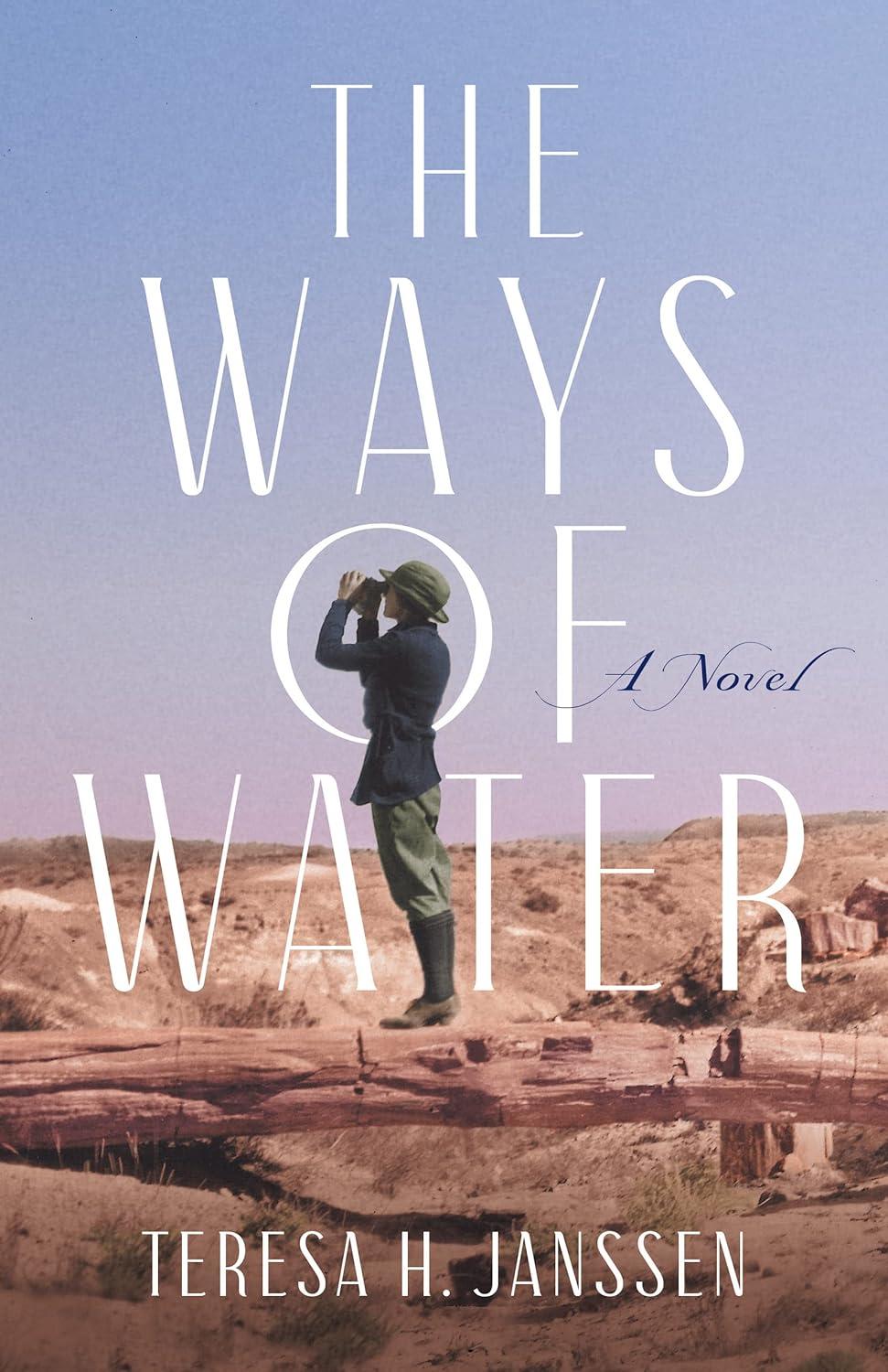
FICTION
Teresa H. Janssen
She Writes Press
November 7, 2023
ISBN: 978-1-64742-583-8; 440 pages
Author Teresa Janssen's novel, The Ways of Water, could be used for a masterclass demonstrating the proper application of the technical elements that go into a novel. From organization and worldbuilding to flow, pacing, and character arcs, this author shows readers how it’s done.
The story follows the saga of Josie Belle Gore as she traverses life from her childhood to early adulthood. Told in the first-person narrative by Josie herself, and set in the early twentieth century, the story clings to Josie’s family as it grows and tries to survive hard times in New Mexico, Texas, Mexico, Arizona, and California. Josie’s family must follow the employment of her papa, a train engineer, as he tries to hold onto jobs driving steam locomotives throughout the southwest.
Stretching from 1906 to 1921, Janssen includes historical events, such as Halley’s Comet in 1910 and the assassination of Archduke Ferdinand in 1914, which better set the story in the reader’s mind. And national events like Wilson’s League of Nations (later United Nations) and the passage of the Nineteenth Amendment (women’s suffrage) appear in political conversations, further establishing the period. Other than an opening scene meant to solidify Josie’s place in the family hierarchy, the novel’s organization focuses on the location of the family and chapters proceed chronologically.
Much of the story is set in the desert, where water is scarce but early on, the author hints at the over-arching plot by saying, “Life, like a river, can take some sharp twists and turns. People can shift as much as a water’s course.” Janssen immerses the reader in the story with her prose, and her descriptions like, “Clumps of mesquite and saltbush, bunches of spear-leaved yucca, and stands of evergreen creosote flew by,” paint a picture of the desert.
One of the keen elements to this story is the role of the antagonist. Rather than a single person, the antagonist evolves from the harshness of the desert to the chokehold a mining company has on its miners and even the Spanish Flu following World War I. The common thread among all the antagonists is that they affect large numbers of people, rather than just Josie and her family, with Josie noting, “The climate and a shifting world were our adversaries, not men with guns.”
The Ways of Water is ideally suited for readers who enjoy historical and literary fiction and who are interested more in family dynamics – especially under harsh conditions – and imagery than in action-packed scenes.
Teresa Janssen writes creative nonfiction, fiction, and poetry, exploring themes pertaining to the web of family, nature and the environment, travel and migration, education and language, and spiritual topics. Her essays and short fiction have appeared in ZYZZYVA, Under the Sun, Emrys, Chautauqua, Parabola, Catamaran, Notre Dame Magazine, Eastern Iowa Review, Briar Cliff Review, and elsewhere. She won the Norman Mailer/NCTE Award in creative nonfiction and was finalist for Bellingham Review’s Annie Dillard Prize and Orison Books 2022 Best Spiritual Literature Award in Nonfiction. Her essays have twice been notable in Best American Essays and a recent Pushcart nominee.
